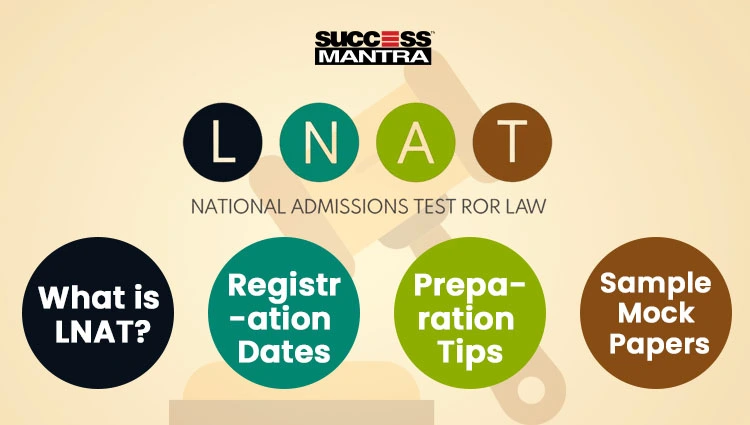Quiz And Explanation SMQUIZ097
1. Which section of the Payment of Wages Act, 1936 has been retained by the UP government under the Uttar Pradesh Temporary Exemption from Certain Labour Laws Ordinance, 2020?
a. 4
b. 3
c. 2
d. 5
S-d
EXPLANATION-
• Under the Uttar Pradesh Temporary Exemption from Certain Labour Laws Ordinance, 2020 the following sections have been retained:
I. Section 5 of the Payment of Wages Act, 1936 provides that wages of a person earning less than Rs 15,000 a month cannot be deducted.
II. Workmen Compensation Act, 1932,
III. Bonded Labour System (Abolition) Act, 1976, and
IV. the Building and Other Construction Workers Act, 1996.
2. What is the length of the road link from Dharchula (Uttarakhand) to Lipulekh (China Border)?
a. 70 km
b. 80 km
c. 60 km
d. 30 km
S-b
EXPLANATION-
• Union Defence Minister Shri Rajnath Singh inaugurated the road link from Dharchula (Uttarakhand) to Lipulekh (China Border) through video conferencing.
• It is a 80 kilometre road and the altitude rises from 6,000 to 17,060 feet.
• The road link was built successfully by Borders Road Organization (BRO).
• The road originates from Ghatiabagarh and terminates at Lipulekh Pass, the gateway to Kailash-Mansarovar.
3. According to the latest census in Sunderbans Forest reserves, how many royal Bengal Tigers are there?
a. 88
b. 92
c. 96
d. 97
S-c
EXPLANATION-
• According to the latest census conducted by the West Bengal’s forest department, the number of tigers in the Sundarbans reserve forest in West Bengal has increased to 96.
• Of the 96 tigers, there are 23 males, 43 females and 30 cubs.
• The census was conducted between November 2019 and January 2020.
• It was done primarily by camera trapping technique along with other latest methods.
• About 200 trap cameras were set up in different parts of the forest for about two months.
• The counting exercise involved comparison of the images of tigers based on their stripes as the big cats are identified through their stripe patterns only.
• This counting was done in a lab in Dehradun.
4. Which of the following is incorrect for the Facebook’s Oversight Board?
a. It will review content referred to it by both users and Facebook.
b. The board is dependent from Facebook and Facebook is funding the board's operations to the tune of $130 million.
c. These members will make final and binding decisions on what content should be allowed or removed from Facebook and Instagram.
d. The board members are from over 27 countries who speak at least 29 languages.
S-b
EXPLANATION-
• Facebook’s Oversight Board is similar to an independent, internal court. It will review content referred to it by both users and Facebook. The main focus is to moderate content posted on social media platforms-Facebook and Instagram.
• The board comprises independent Members from around the world.
• The board is independent from Facebook, but Facebook is funding the board's operations to the tune of $130 million.
• These members will make final and binding decisions on what content should be allowed or removed from Facebook and Instagram. These decisions will be based on respect for freedom of expression and human rights.
• The board members are from over 27 countries who speak at least 29 languages.
• The board has the right to overturn Mark Zuckerberg’s decision.
5. When was the Soil health Card scheme launched by the Government of India?
a. 2013
b. 2014
c. 2015
d. 2019
S-c
EXPLANATION-
• Soil Health card scheme was launched in 2015.
• Promoted by the Department of Agriculture & Co-operation under the Ministry of Agriculture and Farmers' Welfare.
• Implemented through the Department of Agriculture of all the State and Union Territory Governments.
• The government will run a mission mode awareness campaign in FY2020-2021 in over 1 lakh villages. The campaign will focus on promoting the use of bio/organic fertilisers leading to the reduction of consumption of chemical soil nutrients.
• The decision was taken after reviewing the progress of the Soil Health Card (SHC) scheme.
• A Soil Health Card displays soil health indicators and associated descriptive terms. The indicators are typically based on farmers' practical experience and knowledge of local natural resources. The card lists soil health indicators that can be assessed without the aid of technical or laboratory equipment.











